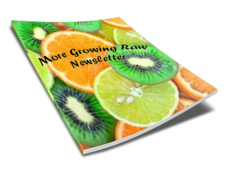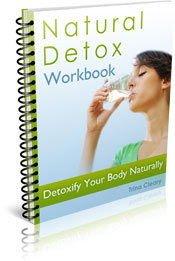|
Chemical Reactions After Harvest
After harvesting, the chemical reactions in fruits and vegetables continue. Plants are no longer supplied with water and nutrients from the soil, so once harvested they are living on reserves. In some plants, some parts continue to grow by feeding on other parts. For example, the leafy tops of carrots, beets and radishes, and the inner shoots of celery. Chemical reactions which are the opposite of photosynthesis occur. Oxygen combines with the plant sugars to produce heat, carbon dioxide and water vapour. To keep fruits and vegetables fresh the heat of this respiratory reaction must be removed as quickly as possible by refrigeration and ventilation. Even small rises in temperature can reduce shelf life. The warmer the temperature of the vegetable, the faster it dies. Lowering the temperature is the most effective way to slow ageing. As the living cells in the plants die, fungi grow and break them down. This is nature’s way of making dead plants useful to other living plants in the form of compost.
Tomkins, B. (1995). Agriculture Notes: Storage Life of Vegetables [online]. Knoxfield: Victorian Department of Primary Industries. Back to How to Keep Vegetables Fresh from Chemical Reactions After Harvest
Back to Healthy Eating Guide home from Chemical Reactions After Harvest
|
Are you as healthy as you can be?
Take action to lift your energy and vitality levels beyond recognition.
Focus on
building healthy eating habits for just one month with
Veg Up and you’ll enjoy the effects for years. You will amaze yourself when you see how much more you can achieve.
More Growing Raw
Newsletter
Be sure to subscribe to "More Growing Raw" newsletter to receive monthly healthy eating tips, Growing Raw news and updates.
Most Popular Articles
- Green Smoothie Health
- Raw Food Health Levels
- Growing Vegetables in Containers
- Healthy Eating Plans
- List of Healthy Food to Always Eat Organic
- Growing a Vegetable Garden in a Polytunnel
- All Natural Detox Diet
Does your body need a fresh start?
Brighten up with all natural detox routines that give your body a cleansing push towards healthier patterns.
Learn how to
detoxify your body naturally. Your body is smart enough to clean itself without expensive detox pills and potions.








